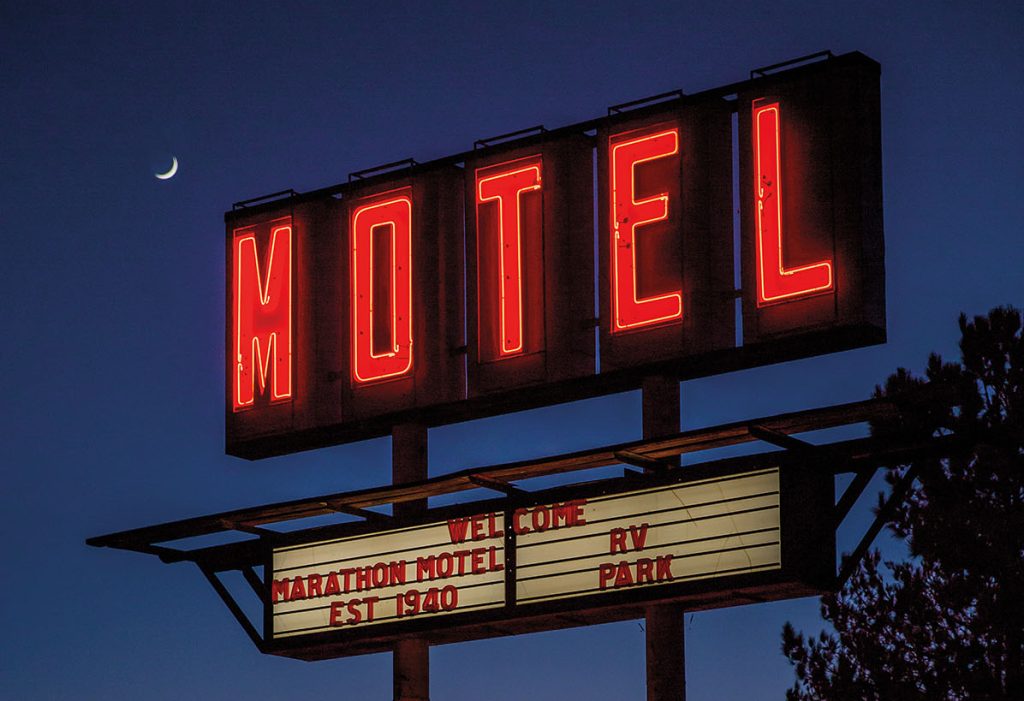
A Texas Highways archival image of people cracking cascarones at Fiesta in San Antonio. Photo by Jack Lewis
How To Texas is a recurring column offering step-by-step instructions on how to be Texan. We’ll guide you through the cultural traditions, customs, eccentricities, lifestyles, and activities you’ll find on your travels that make the state uniquely Texan.
On Thursdays, the decorating committee of the Conservation Society of San Antonio meets for two hours to make cascarones. Around 20 volunteers alternate between painting hollow eggshells one week and filling them with confetti and topping them with tissue paper the next. Every year, “the egg ladies,” as they’re affectionately known, set out to make 70,000 cascarones, which are sold at Night in Old San Antonio, the historic preservation society’s annual fundraiser during Fiesta. For four nights, partygoers can pay $1 for three eggs and the joyful thrill of getting to crack them over the heads of friends and family members.
If you grew up in Texas, chances are you’ve made a cascarón or had one—surprise!—cracked on your noggin. The colorfully decorated, confetti-filled eggs have been a tradition in Texas for generations. The Spanish word for eggshell, the cascarón is believed to have originated in China, where it was filled with a powdered scent. Legend has it Marco Polo brought them back to Italy from China (although evidence suggests he really only got as far as Persia). Eventually the eggs reached Spain, and around the mid-1860s, Maximilian I, the Archduke of Austria and a descendent of the King of Spain, and his wife, Carlotta, brought them to North America when he became Emperor of Mexico. Today, the cascarón is associated with Easter and, like the Easter egg, symbolizes rebirth.
“When you crack a cascarón over someone’s head, it’s considered a blessing or wishing someone good luck,” says Patti Zaiontz, a former president of the Conservation Society who says cascarones have been sold at NIOSA since 1959.
You don’t have to make your own cascarones. Pre-made ones are available at party shops and H-E-B this time of the year. But you’re missing out on a fun project. According to Judy Simon, a retired kindergarten teacher who chairs the cascarón committee, volunteers collect supplies year-round, saving eggshells from breakfasts and discarded tissue paper at baby showers and birthday parties. They buy bags of confetti at shops like Alamo Fiesta (a 1-pound bag costs $1.97) and a bulk of their eggs from an elderly gentleman called Mr. Garcia, who has a friend that works at a restaurant and saves the eggs, Simon says.
Cascarones tend to leave a mess in their wake, and sometimes pranksters get too carried away, causing more pain than delight. Simon, who taught children how to make cascarones for 37 years, advises against hitting the head with them. “You should crack the egg above the head with your hand and just let the confetti flutter down on top,” she says. Here, she explains the proper way to make the eggs.
How To Make Cascarones
1. Crack the egg
Make the hole at the top of the egg, aiming for a quarter-size circumference. You can use a utensil to chip at the shell, or for a more precise opening, Simon recommends getting an egg cracker topper or cutting tool through Amazon (varieties can be found here). Pour the egg white and yolk out from the top. Save them to make breakfast, like a plate of chilaquiles.
2. Wash the egg
Rinse the shells with water and dish soap to clean them out. Let the shells dry resting on their tops for at least half a day. Store them in an egg carton. “It may look tacky to others, but I have an empty egg carton on my kitchen counter all the time,” Simon says.
3. Paint the eggshell
Use acrylic paint. Unlike Easter egg dye, it doesn’t run when you put glue on it, Simon says. You can be as creative as you like. Some volunteers use markers or paint to draw cactus and wildflowers on brown eggshells. (Tip: White eggshells are a more neutral canvas and able to take paint and dye better.)
4. Fill the egg
Put paper confetti (avoid glitter, which can get in and damage eyes) in a container and fill the eggshell. Fill the egg about two-thirds of the way. If you fill too much, the confetti will stick to the glue on the opening.
5. Top the egg
Cut tissue paper into squares slightly larger than the openings in the eggs or, do like the NIOSA volunteers do and trace the detachable inside of a regular pint-size Mason jar lid on tissue paper and cut out the circles with scissors. Use a paintbrush or your fingers to cover the edge of the opening with a paste, such as diluted wallpaper paste, Elmer’s Glue, or flour mixed with water. Then lay the tissue paper over the opening, pressing around the sides to seal it.
6. Set in carton
Once dry, you’re ready to have a cracking good time.








